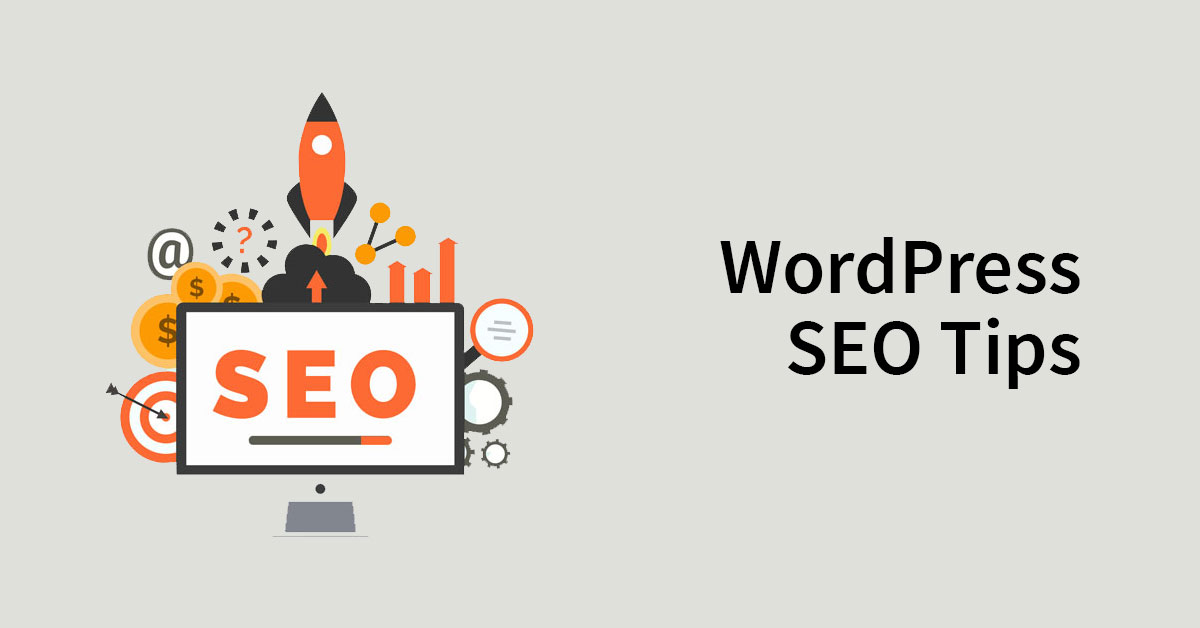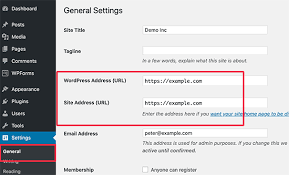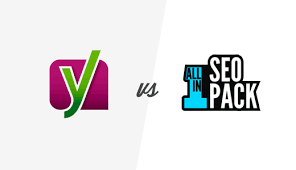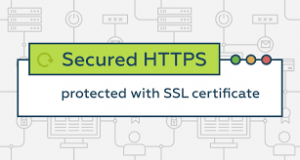What is WordPress SEO Tips and Tricks: Free SEO Tools Plugin

In this blog, I will share tips for advanced WordPress SEO to help you to boost SEO ranking and get more organic traffic.
What is WordPress SEO optimization?
WordPress can enable you in implementing growth-driving strategies that are specific to the platform. WordPress SEO Basics: Getting Started
You may start increasing your organic traffic by correctly optimizing your WordPress site.
WordPress SEO Checklist: Tips to Boost Rankings-
1. Select a Reliable Web Hosting Company
2. Install a WordPress theme that is SEO-friendly.
3. Download and install a free SEO plugin for WordPress.
5. Check Your Site’s Visibility Settings 4. Set Your Preferred Domain
6. Make SEO-Friendly Permalinks Available
7. Submit Your XML Sitemap and Verify Your Site Using Google Search Console.
WordPress SEO Tips: Once you understand the basics of search engine optimization, it’s really easy to boost SEO ranking on WordPress. It is possible to make any WordPress site more visible in organic searches with the tools available in WordPress itself from the title of your site and consider the content of its publications, pages, and media, whether you are an SEO or web development, expert.

Your success depends on the traffic, whether you are launching a new blog or managing a complex business website. Making a new WordPress site as searchable as possible may be amazing, especially if you are not familiar with site development and SEO strategies. WordPress offers easy-to-use tools to improve a site’s search capabilities.
- WordPress Settings Support SEO:
- Keyword Rich Site Titles and Taglines:
- The Basics of WordPress SEO
- The Best WordPress SEO Plugin
- WordPress SEO Best Practices
- Speed and Security for WordPress SEO Course
WordPress Support & SEO Settings-
WordPress was developed as an online publishing platform, with a large built-in set. There are basic SEO tools that anyone can use to improve a site’s search capabilities.
And from the user-friendly settings panel in the site’s admin dashboard, you can use the many customizable options available to add elements that improve search efficiency and boost its search engine rankings.
WordPress SEO Basics:
By learning some basic SEO tips to improve your site, you can significantly increase your website traffic, you don’t need to be tech-savvy to use the technique.
Keyword Rich Site Titles and Taglines:
When you install a new WordPress theme, its Appearance tab gives you the option to set the title and tagline, both of which are searchable. Adding keywords wherever possible in these two lines may help make your site more searchable.
WordPress SEO Tips: How to Boost SEO Rankings:
- Check your site’s exposure settings:
- Use SEO friendly URL structure in WordPress:
- WWW vs non-WWW:
1. Check your site’s exposure settings:
WordPress has a built-in feature that allows you to hide your website from search engines. If your site does not appear in the search results, just log in to the admin area of your WordPress site and see the Settings »Reading page.
You need to scroll down to the ‘Search Engine Visibility’ section and make sure the box next to ‘Discourage search engines from delisting this site’ is unchecked.
2. Use SEO friendly URL structure in WordPress:
SEO-friendly URLs contain words that clearly define the content of the page, and are easy to read by both humans and search engines.
Examples of SEO friendly URLs are:
https://www.nicheblink.com/how-to-install-wordpress/
examples of non-SEO friendly URLs look like
https://www.nicheblink.com/?p=10467
Here is how you can check and update the permalink structure of your WordPress site.
You need to go to the settings, permalinks page. Select the Post Name option and then click the ‘Save Changes’ button to store your settings.

Note: If your website has been up and running for more than 6 months, please do not change the link to your owner unless you use the numbers option.
3. WWW vs non-WWW:
Since search engines consider them to be two separate websites, you must pick one and stick to it.

The Best WordPress SEO plugin:
One of the best things about WordPress is that there is a plugin for everything, always choose the best WordPress SEO plugin that does it all, and it’s 100% free.
Yoast is a well-known WordPress SEO plugin that lets you evaluate things like titles, meta descriptions, and keyword usage. Yoast is also incredibly user-friendly, even for novices. get learn WordPress by w3learnner.com
7 Best WordPress SEO plugins:
- Yoast SEO.
- The SEO Framework.
- SEOPress.
- Rank Math.
- SEO Squirrly.
- Broken Link Checker.
- Rel NoFollow Checkbox.
WordPress SEO optimization plugin:
Five Best WordPress optimization plugins:
There are some helpful WordPress SEO optimization plugins that can help you in improving your site’s front-end optimization.
1. WP Rocket is a WordPress plugin that accelerates the loading of your WP Rocket is one of the greatest all-around performance plugins for WordPress.
2. Perfmatters is a WordPress plugin that helps you optimize a variety of tiny aspects of your site.
3. WP Fastest Cache is one of a series of WordPress plugins aimed at improving the speed of your site.
4. W3 Total Cache is a WordPress plug-in that speeds up website load times and improves the overall user experience.
5. Autoptimize‘s free version includes all of the features you’ll need to optimize your WordPress site. Autoptimize is purely an optimization tool that does not cache HTML pages.
How to Optimize WordPress Site:
While WordPress ensures that the code it creates adheres to SEO best practices, there is still a lot more you can do to make your SEO efforts more effective.
- Choosing the Best WordPress SEO Plugin
- Add XML sitemaps in WordPress
- Add your site to Google Search Console
- Optimizing your blog posts for SEO
- Doing keyword research for your website
1. Choosing the Best WordPress SEO Plugin:

When it comes to choosing the best WordPress SEO plugin, you’ll most likely limit your choice to two very popular solutions: all-in-one SEO or Yoast SEO
2. Add XML sitemaps in WordPress:
An XML sitemap makes it easy for search engines to find all of your content. This helps search engines find pages quickly and start ranking them.
To find a sitemap of your site, just go to this URL (for example, don’t forget to change .com to your domain name):
http://example.com/sitemap_index.xml
3. Add your site to Google Search Console:
Google Search Console, offers reports and data statistics to help you understand how the pages are displayed in search results. You will also see the real search words people use to find your website, how each page appears in the search results, and how frequently users click on your pages.
Google Search Console also alerts you when something goes wrong with your website. We recommend that you gather insights to check your search console on a minimum monthly basis and see your website’s SEO progress.
4. Optimizing your blog posts for SEO:
Beginners often make the mistake that simply downloading and triggering a WordPress SEO plugin is sufficient. Every blog post and page can have a title, overview, and focus keyword, and all of the top SEO plugins allow you to do so.
We recommend that you improve your title and description to get the most clicks, just scroll down to the SEO section and take full advantage of it.
5. Doing keyword research for your website:
Keyword research enables you to discover words that users enter into search engines to find content, products, and services in your industry.
You can then use these words and phrases on your website to get more search traffic. A ton of keyword research tools help you discover keywords and even find keywords that rank your competitors.
Is WordPress Good for SEO
When you install an SEO-friendly theme and start using WordPress’s great suite of SEO plugins, WordPress becomes even better.
Three primary factors that influence WordPress:
- The WordPress CMS
- SEO Friendly WordPress Themes
- The Availability of SEO Plugins
WordPress is the best content management system for SEO – CMS’s inherent functionality, low cost, and usability.
If you want to get even better results, use the WordPress SEO best practices mentioned below.
- Properly Using Categories and Tags in WordPress
- Make Internal Linking a Habit
- Optimize WordPress Comments
- NoFollow external links in WordPress
- Full posts vs summaries (excerpts)
1. Properly Using Categories and Tags in WordPress:
Categories and tags also help search engines understand the structure and content of your website. Most beginners are confused about how to best use categories and tags. Categories are for the broad grouping of your posts.
Tags, on the other hand, are more descriptive keywords that identify the content of an individual post. By using categories and tags correctly, you make it easier for your users to browse your website.
2. Make Internal Linking a Habit:
You should try to interlink your own posts as much as possible. This will help you improve the visibility of your pages, increase the time users spend on your site, and ultimately improve the SEO score of your individual blog posts and pages.
3. Optimize WordPress Comments:

Comments on your website can be a good indicator of user interaction. You must, however, ensure that your comments are genuine and not spam. We recommend that everyone start using Akismet. Akismet. It is one of the two plugins that come pre-installed with any WordPress blog, and it aids in the prevention of spam comments.
4. NoFollow external links in WordPress:
Search engines use links to determine the pages are relevant. In HTML, a standard external connection looks like this:
<a href=”http://example.com”>Example Website</a>
An external link with the nofollow attribute looks like this:
<a href=”http://example.com” rel=”nofollow”>Example Website</a>
Simply select the Add “nofollow” to connection option when adding a link.
5. Full posts vs summaries (excerpts):
Displays WordPress and links to your posts from multiple pages, such as homepage, category archive, tag archive, date archive, author pages, etc. On both of these articles, the full article content is displayed by default. To do so, go to Settings » Reading and select Summary.
Speed and Security for WordPress SEO:
If your site is slow or has been taken down by a hacker, your search engine rankings will suffer greatly.
Here’s how to avoid your site from losing search engine traffic due to slow performance or insecurity.
- Optimize your site’s speed and performance
- Optimizing images in WordPress for SEO
- Security and safety of your WordPress site
- Start using SSL/HTTPS
1. Optimize your site’s speed and performance

Users determine whether they want to continue or leave a website within a few seconds, according to web usability experts.
As a result, you just have a few seconds to show your content and engage users as a website owner. You don’t want to waste any of your visitor’s time by making them wait for your website to load. Search engines like Google rank websites faster than slow-loading websites.
Fine Tuning WordPress for Speed (Advanced):
- Divide long posts into pages
- Reduce external HTTP requests
- Reduce database calls
- Improve the WordPress database
- Restrict post review
- Disable hotlinking and leaking of your content
- Use slow loading if needed
- Use DNS level website firewall
- Fix HTTPS / SSL errors without plugin
- Use the latest PHP version
2. Optimizing images in WordPress for SEO:
Images are more interactive than text but they also take longer to load, so make sure you use images that have been designed to load quickly.
Using a descriptive title and alt tags is another way to customize the photos for search engines.
If you’re a photographer or often add photos to your WordPress site, the Gallery plugin is a must-have. We recommend the Envera Gallery as a good choice.
Why do WordPress image sizes matter?
Optimizing WordPress SEO Image File Sizes:
When uploading images to WordPress, one of the most crucial elements to consider is the size of each image file. Any image with a high file size will slow down your website, affecting user experience, and maybe causing visitors to ‘bounce’ away.
After you’ve decided on your image’s orientation, it’s time to consider its size and shape. Simply put, image size determines how large or tiny an image appears on a website.
WordPress will automatically scale down images that are larger than the normal threshold (2560px).
3. Security and safety of your WordPress site:
Protecting your WordPress site is essential for good rankings but the good news is that keeping your WordPress site safe is not that difficult. We recommend using Sucuri to protect our website from attacks.
4. Start using SSL/HTTPS:

SSL (Secure Sockets Layer) is a technology that encrypts the links between a user’s browser and the server they are connecting to. With Let’s Encrypt, all of the top WordPress hosting companies have free SSL certificates.
We hope that this article has shown you how to better optimize and how Boost the Rankings of your WordPress platform for search engine optimization. Implementing a few of these WordPress SEO tips could result in an increase in traffic within a few months as the search engines process the changes.
Most Popular SEO Blogs:
- WordPress Affiliate Marketing programs – How to find Blink Niche | Startup Plan
- Welcome to your SEO learning journey | Basic to Advance
- SEO-friendly blog post – 10 Tips for Writing
- Off-Page SEO: What It Is and Why It’s Important
- ON-PAGE SEO – Learn SEO in 7 steps | Basic to Advance
- What is a Search Engine? | Welcome to your SEO learning journey
- Keyword Research: How to Target and Prioritize keywords
- KEYWORD RESEARCH | Learn SEO in 7 Steps
- 7 Tips for keyword research in SEO – Things to Know
- WordPress SEO Tips | How to Boost Rankings
- Link building – How to build high-quality backlinks
- TRACKING SEO PERFORMANCE | Lean SEO in 7 steps
- Digital Marketing – How to find Blink Niche | 8 Ways to Earn – Startup Plan





